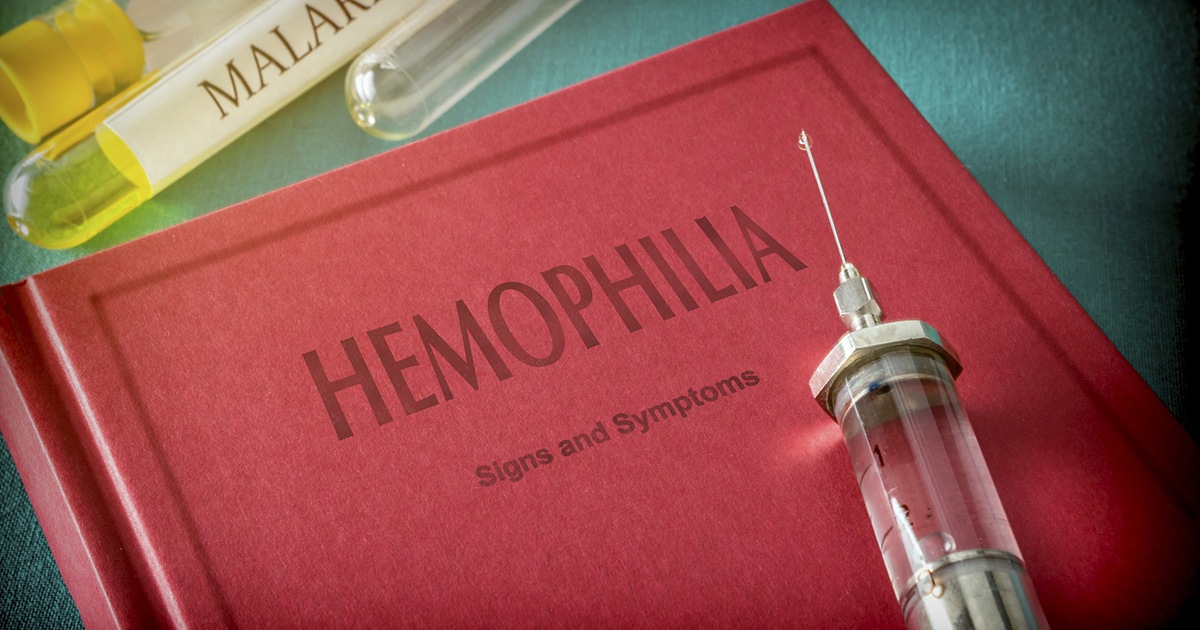Major Types of Blood Disorders
Plasma: Hemophilia

Hemophilia is an uncommon disorder in which an individual's blood does not clot the way it should because it doesn’t have the required blood-clotting proteins or clotting factors. Hemophilia is typically a genetic disorder patients inherit from their parents, but it can occur spontaneously as well. Symptoms that commonly occur in individuals with hemophilia include excessive bleeding after injuries, unusual bleeding after vaccinations, blood in the stool or urine, nosebleeds with an unknown cause, and excessive bleeding after dental work or surgery. When someone with hemophilia bumps their head, the dangerous complication of bleeding into the brain can occur. A diagnosis of hemophilia is made with a blood test. Treating hemophilia is based on the replacement of whichever clotting factor is deficient through an intravenous infusion. Replacement clotting factor for treatment can be obtained from blood others have donated, or it can be done with recombinant clotting factors or laboratory created products similar to human clotting factor.